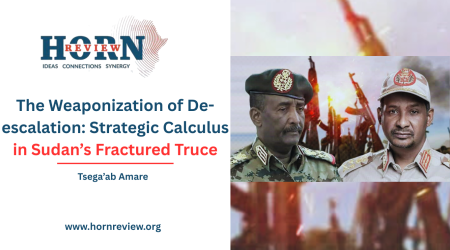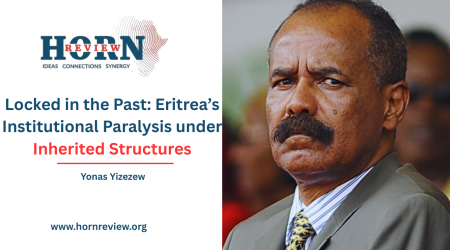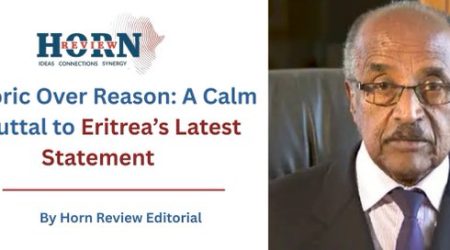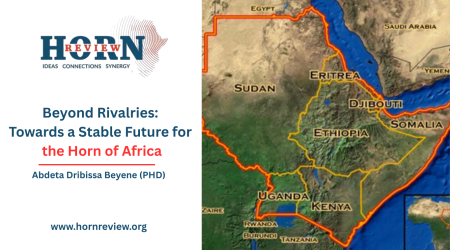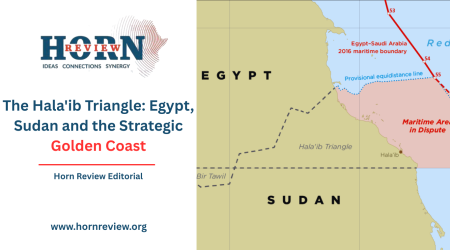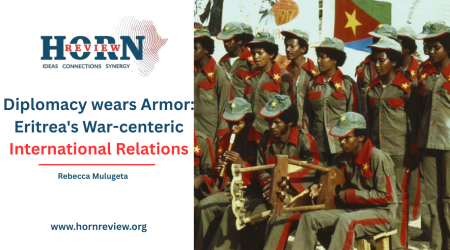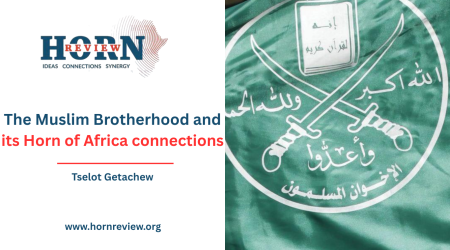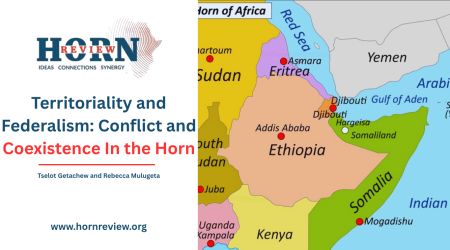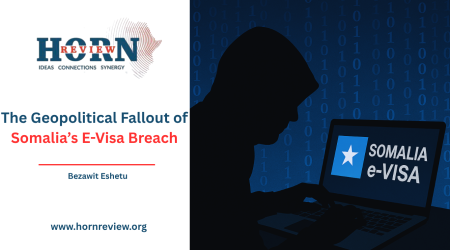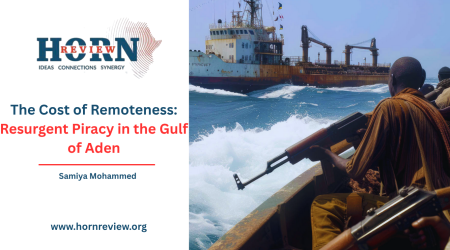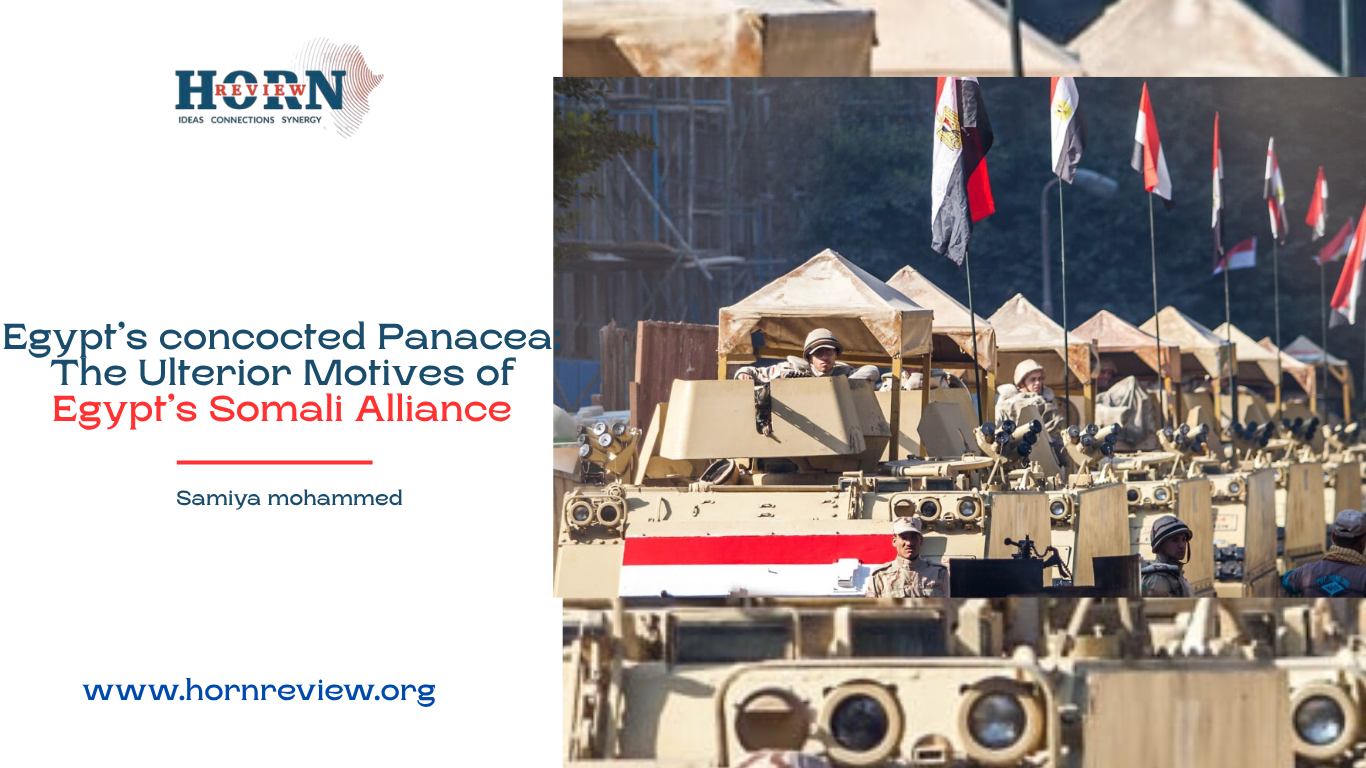
11
Oct
Egypt’s concocted Panacea: The Ulterior Motives of Egypt’s Somali Alliance
The arrival of an Egyptian warship in Mogadishu, delivering a second major cache of weaponry including anti-aircraft guns and artillery, is not a simple arms transfer. It is an indicator of how historical offence and contemporary geopolitical operations are stock up to a dangerous rise in the Horn of Africa. While arranged by Cairo as support for Somali sovereignty, this move is intrinsically linked to a deeper, more protracted conflict with Ethiopia, raising the apparition of a regional proxy war that intimidate to undermine an already flimsy security lineal.
The decision to pour more weapons into Somalia is rife with risk. A UN arms prohibition on the Somali government was fully lifted only in 2023 after over three decades, and many feared it was premature. Somalia hosts one of the most pervasive illicit arms markets in Africa, and the federal government’s control over its territory remains incomplete. There is a well documented danger of weapons diversion suggests that following a partial lifting of the prohibition in 2013, 35 to 40% of weapons imported by Mogadishu ended up on the illicit market. These arms often find their way to al-Shabaab, the very militant group the Somali army is fighting.
The immediate inducement for this escalation was a memorandum of understanding signed in January 2024 between Ethiopia and the secede region of Somaliland. The deal, which would grant Ethiopia naval access in exchange for possible recognition of Somaliland’s independence, was swiftly condemned by Somalia as an assault on its territorial integrity. Egypt, seizing the opportunity, has positioned itself as the chief defender of Somalia’s sovereignty. This alignment, however, is buttress by a decade-long dispute between Egypt and Ethiopia over the Grand Ethiopian Renaissance Dam on the Blue Nile. The dam is a monumental national project for economic development and energy access. This fundamental conflict of interests has repeatedly stalled diplomatic resolutions.
Ethiopia has proceeded with filling the dam’s reservoir, while Egypt has sought to internationalize the issue, recently appealing to the UN Security Council. In this context, Egypt’s military support for Somalia appears as a strategic scheme to pressure Ethiopia on a second front, effectively leveraging Somalia’s affront to gain diplomatic leverage over the Nile waters.
Somaliland has expressed alarm that the Egyptian weapons could get into the wrong hands, a concern quoted by Ethiopia, which has thousands of troops in Somalia as part of African Union peacekeeping missions. This militarization risks igniting an arms race among various factions within Somalia and could alter the balance of power between the federal government and clan militias. Furthermore, it aggravates broader regional insecurity, with arms-trafficking networks known to extend into Kenya, Sudan.
This growing conflict is flattening against a scene of crisis in multilateral peacekeeping. The African Union mission in Somalia is transitioning to a new model by the end of 2024, but it faces a critical funding crisis. A marker UN Security Council resolution designed to provide stable funding for African-led peace operations is faltering due to political inertia and a retreat from multilateralism, particularly from the United States. AUSSOM is going to show the crisis of multilateralism.
This creates fertile ground for unilateral actions and bilateral security arrangements that prioritize the strategic interests of external powers over sustainable political solutions. The potential introduction of up to 5,000 Egyptian soldiers into the peacekeeping structure, would significantly alter the dynamics of the mission and could further complicate an already stalemated military effort against al-Shabaab. A lasting solution in Somalia requires improving governance and justice, not just military means.
The Egyptian weapons shipment to Somalia is a symptom of a deeper disease afflicting the Horn of Africa, the failure to resolve core disputes through diplomacy. This escalation does little to address the drivers of instability in Somalia Instead, it increases the likelihood of diverts attention and resources from the essential work of building effective governance and inclusive political dialogue. This requires a recommitment to regional diplomacy under the auspices of the African Union, a good faith effort and a support strategy for Somalia that prioritizes political stabilization over military aid. Without this, the Horn of Africa risks sliding into a cycle of conflict where the only certain outcome is increased suffering for its people.
By Samiya mohammed, Researcher, Horn Review

